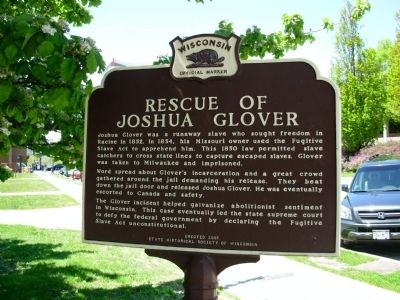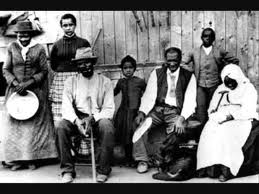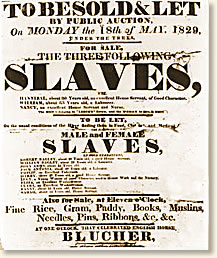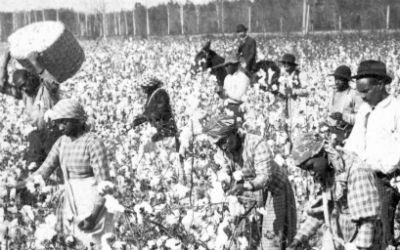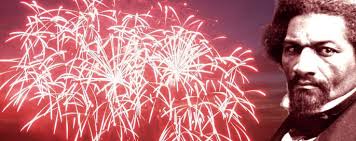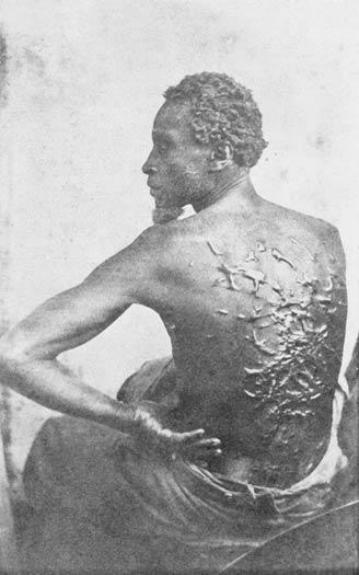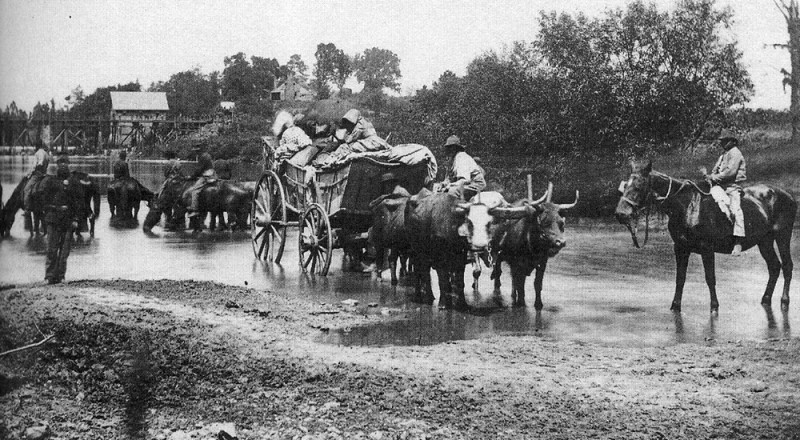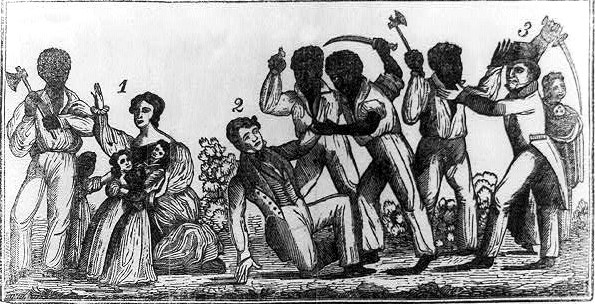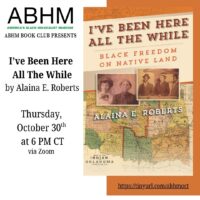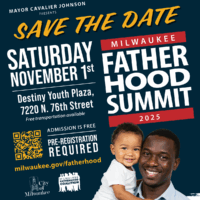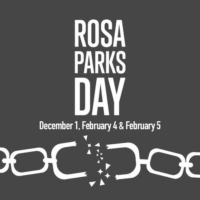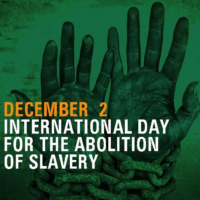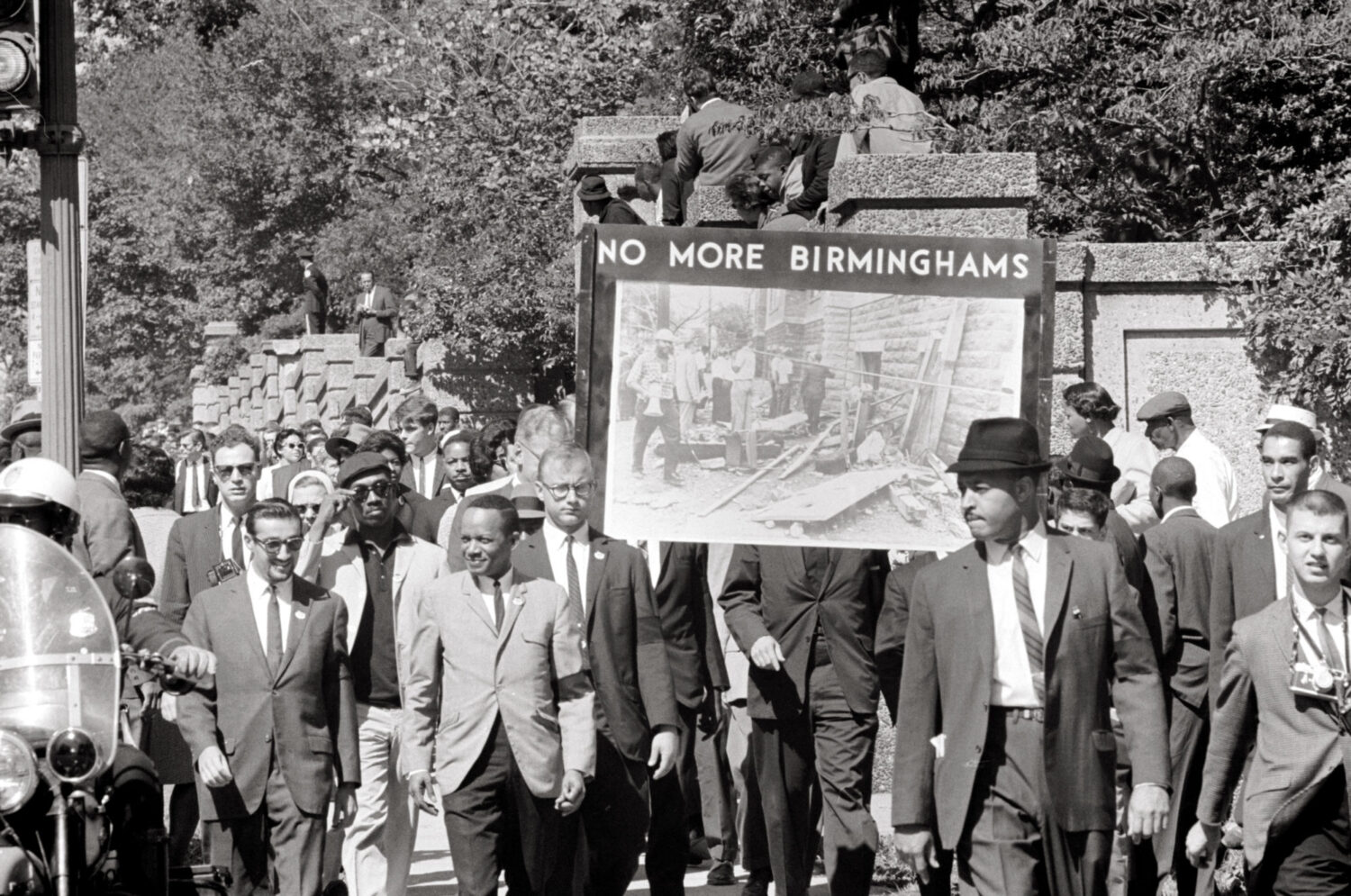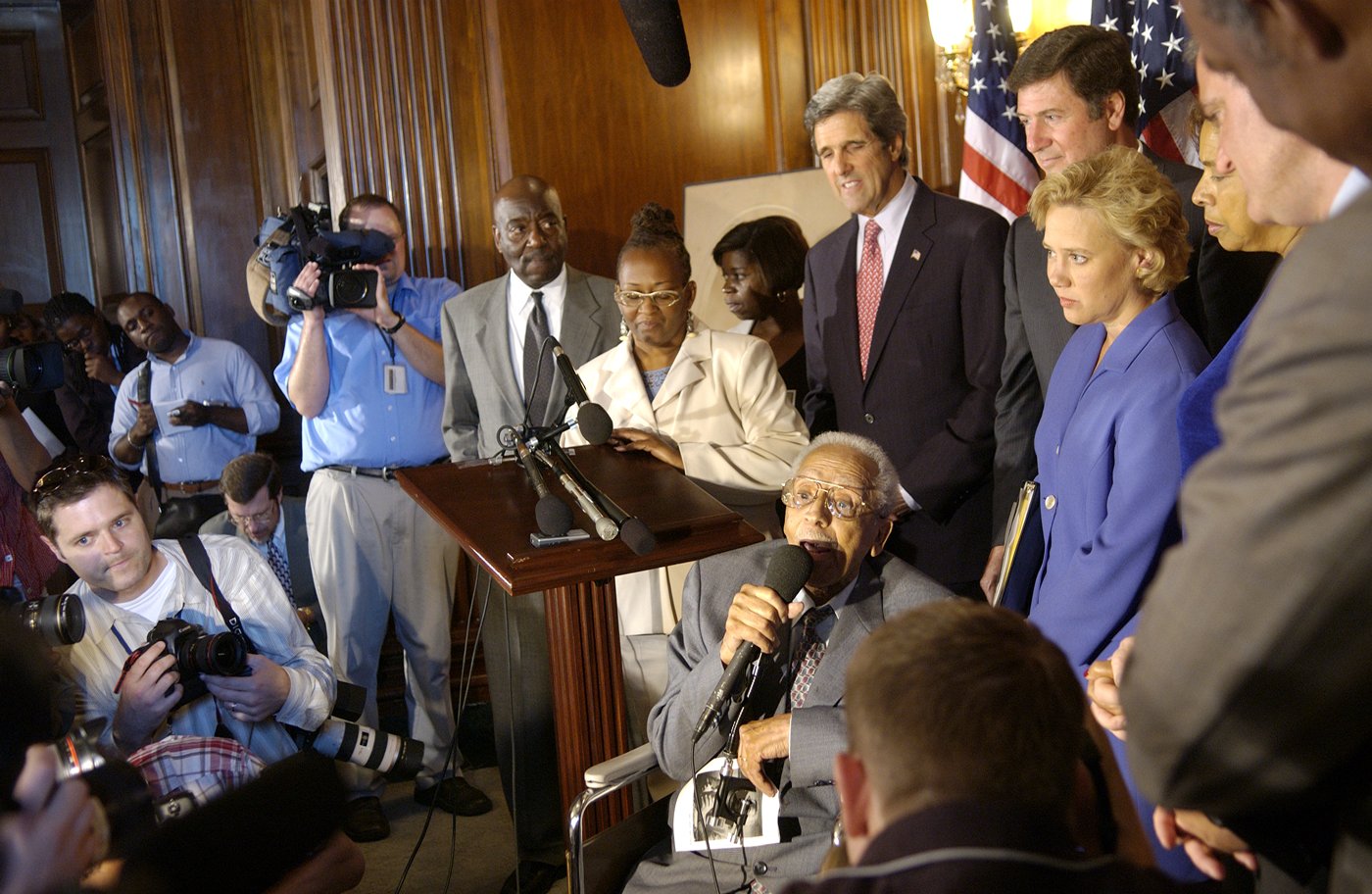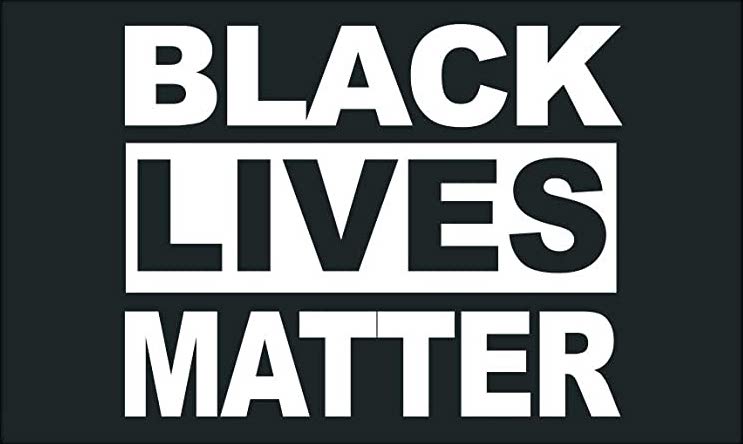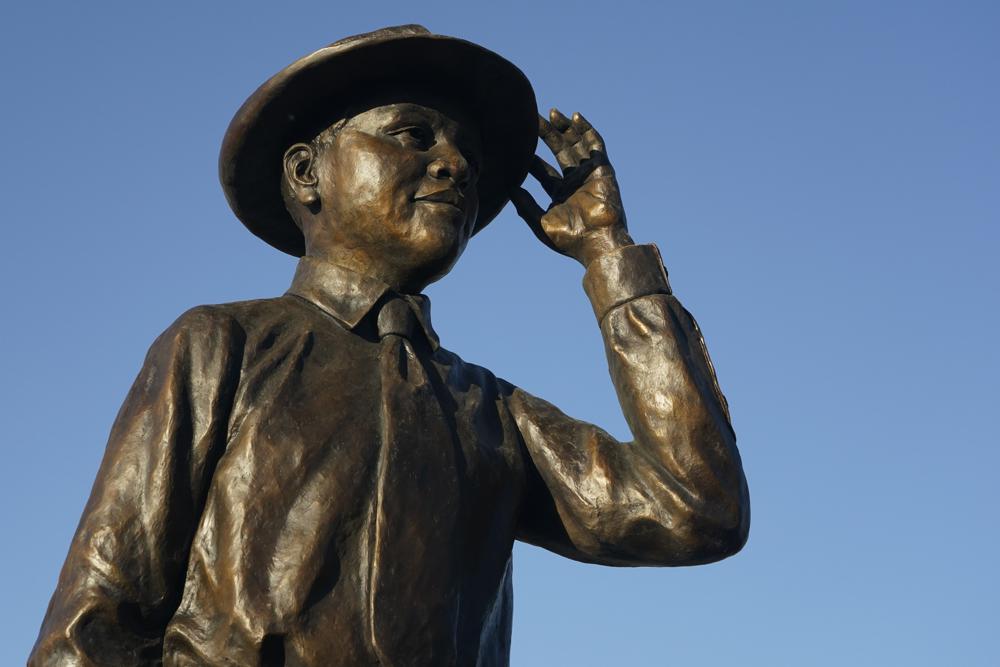Self-Guided Tours
Explore Our Online Exhibits
Breaking News
Worldwide Community Events
Week 2
- Sun 26
- Mon 27
- Tue 28
- Wed 29
- Thu 30
- Fri 31
- Sat 1
- Sun 2
- Mon 3
- Tue 4
- Wed 5
- Thu 6
- Fri 7
- Sat 8
- Sun 9
- Mon 10
- Tue 11
- Wed 12
- Thu 13
- Fri 14
- Sat 15
- Sun 16
- Mon 17
- Tue 18
- Wed 19
- Thu 20
- Fri 21
- Sat 22
- Sun 23
- Mon 24
- Tue 25
- Wed 26
- Thu 27
- Fri 28
- Sat 29
- Sun 30
- Mon 1
- Tue 2
- Wed 3
- Thu 4
- Fri 5
- Sat 6
-
26October26October
 8:00 AM - 12:00 AM
8:00 AM - 12:00 AMSailing to Freedom: Maritime Dimensions of the Underground Railroad
Chesapeake Bay Maritime Museum -
27October27October
 All Day
All DaySailing to Freedom: Maritime Dimensions of the Underground Railroad
Chesapeake Bay Maritime Museum -
28October28October
 All Day
All DaySailing to Freedom: Maritime Dimensions of the Underground Railroad
Chesapeake Bay Maritime Museum -
29October29October
 All Day
All DaySailing to Freedom: Maritime Dimensions of the Underground Railroad
Chesapeake Bay Maritime Museum -
30October30October
 All Day
All DaySailing to Freedom: Maritime Dimensions of the Underground Railroad
Chesapeake Bay Maritime Museum30October -
31October31October
 All Day
All DaySailing to Freedom: Maritime Dimensions of the Underground Railroad
Chesapeake Bay Maritime Museum -
01November01November
 All Day
All DaySailing to Freedom: Maritime Dimensions of the Underground Railroad
Chesapeake Bay Maritime Museum01November
-
02November02November
 All Day
All DaySailing to Freedom: Maritime Dimensions of the Underground Railroad
Chesapeake Bay Maritime Museum -
03November03November
 All Day
All DaySailing to Freedom: Maritime Dimensions of the Underground Railroad
Chesapeake Bay Maritime Museum -
04November04November
 All Day
All DaySailing to Freedom: Maritime Dimensions of the Underground Railroad
Chesapeake Bay Maritime Museum -
05November05November
 All Day
All DaySailing to Freedom: Maritime Dimensions of the Underground Railroad
Chesapeake Bay Maritime Museum -
06November06November
 All Day
All DaySailing to Freedom: Maritime Dimensions of the Underground Railroad
Chesapeake Bay Maritime Museum -
07November07November
 All Day
All DaySailing to Freedom: Maritime Dimensions of the Underground Railroad
Chesapeake Bay Maritime Museum07November
Black Harvest Film Festival 2025
Gene Siskel Film Center -
08November08November
 All Day
All DaySailing to Freedom: Maritime Dimensions of the Underground Railroad
Chesapeake Bay Maritime Museum08November
Black Harvest Film Festival 2025
Gene Siskel Film Center08November
-
09November09November
 All Day
All DaySailing to Freedom: Maritime Dimensions of the Underground Railroad
Chesapeake Bay Maritime Museum09November
Black Harvest Film Festival 2025
Gene Siskel Film Center09November -
10November10November
 All Day
All DaySailing to Freedom: Maritime Dimensions of the Underground Railroad
Chesapeake Bay Maritime Museum10November
Black Harvest Film Festival 2025
Gene Siskel Film Center -
11November11November
 All Day
All DaySailing to Freedom: Maritime Dimensions of the Underground Railroad
Chesapeake Bay Maritime Museum11November
Black Harvest Film Festival 2025
Gene Siskel Film Center -
12November12November
 All Day
All DaySailing to Freedom: Maritime Dimensions of the Underground Railroad
Chesapeake Bay Maritime Museum12November
Black Harvest Film Festival 2025
Gene Siskel Film Center -
13November13November
 All Day
All DaySailing to Freedom: Maritime Dimensions of the Underground Railroad
Chesapeake Bay Maritime Museum13November
Black Travel Summit 2025
Grand Hyatt Rio de Janeiro13November
Black Harvest Film Festival 2025
Gene Siskel Film Center -
14November14November
 All Day
All DaySailing to Freedom: Maritime Dimensions of the Underground Railroad
Chesapeake Bay Maritime Museum14November
Black Travel Summit 2025
Grand Hyatt Rio de Janeiro14November
Art & Activism Retreat
Casa Romero Renewal Center14November
Black Harvest Film Festival 2025
Gene Siskel Film Center -
15November15November
 All Day
All DaySailing to Freedom: Maritime Dimensions of the Underground Railroad
Chesapeake Bay Maritime Museum15November
Black Travel Summit 2025
Grand Hyatt Rio de Janeiro15November
Art & Activism Retreat
Casa Romero Renewal Center15November
Black Harvest Film Festival 2025
Gene Siskel Film Center -
16November16November
 All Day
All DaySailing to Freedom: Maritime Dimensions of the Underground Railroad
Chesapeake Bay Maritime Museum16November
Black Travel Summit 2025
Grand Hyatt Rio de Janeiro16November
Art & Activism Retreat
Casa Romero Renewal Center16November
Black Harvest Film Festival 2025
Gene Siskel Film Center -
17November17November
 All Day
All DaySailing to Freedom: Maritime Dimensions of the Underground Railroad
Chesapeake Bay Maritime Museum -
18November18November
 All Day
All DaySailing to Freedom: Maritime Dimensions of the Underground Railroad
Chesapeake Bay Maritime Museum -
19November19November
 All Day
All DaySailing to Freedom: Maritime Dimensions of the Underground Railroad
Chesapeake Bay Maritime Museum -
20November20November
 All Day
All DaySailing to Freedom: Maritime Dimensions of the Underground Railroad
Chesapeake Bay Maritime Museum -
21November21November
 All Day
All DaySailing to Freedom: Maritime Dimensions of the Underground Railroad
Chesapeake Bay Maritime Museum -
22November22November
 All Day
All DaySailing to Freedom: Maritime Dimensions of the Underground Railroad
Chesapeake Bay Maritime Museum -
23November23November
 All Day
All DaySailing to Freedom: Maritime Dimensions of the Underground Railroad
Chesapeake Bay Maritime Museum -
24November24November
 All Day
All DaySailing to Freedom: Maritime Dimensions of the Underground Railroad
Chesapeake Bay Maritime Museum -
25November25November
 All Day
All DaySailing to Freedom: Maritime Dimensions of the Underground Railroad
Chesapeake Bay Maritime Museum -
26November26November
 All Day
All DaySailing to Freedom: Maritime Dimensions of the Underground Railroad
Chesapeake Bay Maritime Museum -
27November27November
 All Day
All DaySailing to Freedom: Maritime Dimensions of the Underground Railroad
Chesapeake Bay Maritime Museum -
28November28November
 All Day
All DaySailing to Freedom: Maritime Dimensions of the Underground Railroad
Chesapeake Bay Maritime Museum -
29November29November
 All Day
All DaySailing to Freedom: Maritime Dimensions of the Underground Railroad
Chesapeake Bay Maritime Museum -
30November30November
 All Day
All DaySailing to Freedom: Maritime Dimensions of the Underground Railroad
Chesapeake Bay Maritime Museum -
01December01December
 All Day
All DaySailing to Freedom: Maritime Dimensions of the Underground Railroad
Chesapeake Bay Maritime Museum01December
-
02December02December
 All Day
All DaySailing to Freedom: Maritime Dimensions of the Underground Railroad
Chesapeake Bay Maritime Museum02December -
03December03December
 All Day
All DaySailing to Freedom: Maritime Dimensions of the Underground Railroad
Chesapeake Bay Maritime Museum -
04December04December
 All Day
All DaySailing to Freedom: Maritime Dimensions of the Underground Railroad
Chesapeake Bay Maritime Museum -
05December05December
 All Day
All DaySailing to Freedom: Maritime Dimensions of the Underground Railroad
Chesapeake Bay Maritime Museum -
06December06December
 All Day
All DaySailing to Freedom: Maritime Dimensions of the Underground Railroad
Chesapeake Bay Maritime Museum
Share
This Virtual Museum contains over 3600 exhibits! Choose to tour a specific topic important to you! Here's how:
In this gallery, you will find a variety self-guided tours to help you better understand issues and topics related to the African Diaspora, regardless of when they took place. By doing so, we provide you new ways to discover all this museum offers. Through our navigation, you can find chronological History Exhibits by era, read the latest Breaking News, and find upcoming local and global Events.
But most important issues do not arise and get resolved at a single point in time. Indeed, many of the issues that Black Americans struggle with have remained with us over decades –– if not centuries!
Therefore, our self-guided tours provide you two additional ways to explore this museum and better understand issues that continue to impact the descendants of kidnapped Africans:
- By individual topics (for example, Juneteenth Day or how the concept of "race" came to be)
- By ABHvM's Four Themes (Remembrance, Resistance, Redemption, and Reconciliation)
Introductory pages in each tour give you general background on the tour's content. Below the introduction, we display exhibits about different aspects of the topic. Clicking links in the exhibits will bring up additional related information to help you see how topics are connected. Pages automatically update each time we add new content.
Check back soon for even more self-guided tours!
Browse By Our Museum's Four Themes
Below, you explore the History Exhibits, Events, and Breaking News articles in each of the Four Themes.
We remember important historical events and people. Some of these are well-known, but most are not. The stories told in most of ABHvM's exhibits have been left out of our history books or been told incompletely.
People of African descent in this country have been targets of injustice for five hundred years, but they have not been simply victims. At ABHvM we also remember the many ways that black people and freedom-loving white people have resisted injustice.
Redemption is the act of saving – or being saved – from sin, error, or evil. Sometimes one person redeems another, or many others. Sometimes people redeem themselves. We tell the stories of both kinds of redemption.
Our founder, Dr. James Cameron, encouraged us to remember and to speak honestly and respectfully about our shared racial history, believing this would lead to racial reconciliation.
or Browse by Specific Topic
If you prefer, you can browse exhibits and articles by specific topic to learn about:
Black Lives Matter, sometimes shortened to “BLM,” is an anti-racist movement that highlights racism and the disparities that evolve from racism.
The COVID-19 pandemic has killed nearly 7 million people since 2020, and has highlighted racial inequalities in healthcare and jobs.
The lynching of Emmett Till is among the most infamous lynchings in the United States.
June 19th, also known as Juneteenth, is a day that recognizes the end of slavery in the United States.
Milwaukee is Wisconsin's city, site of ABHM, and home to a large Black community where racial issues play out often.
Race is a social construct that categorizes people based on different physical features, specifically skin color. It has been used to justify mistreatment from slavery to redlining.
White supremacy is the belief that white people are better than those of other races and includes actions that preserve power for white people.
